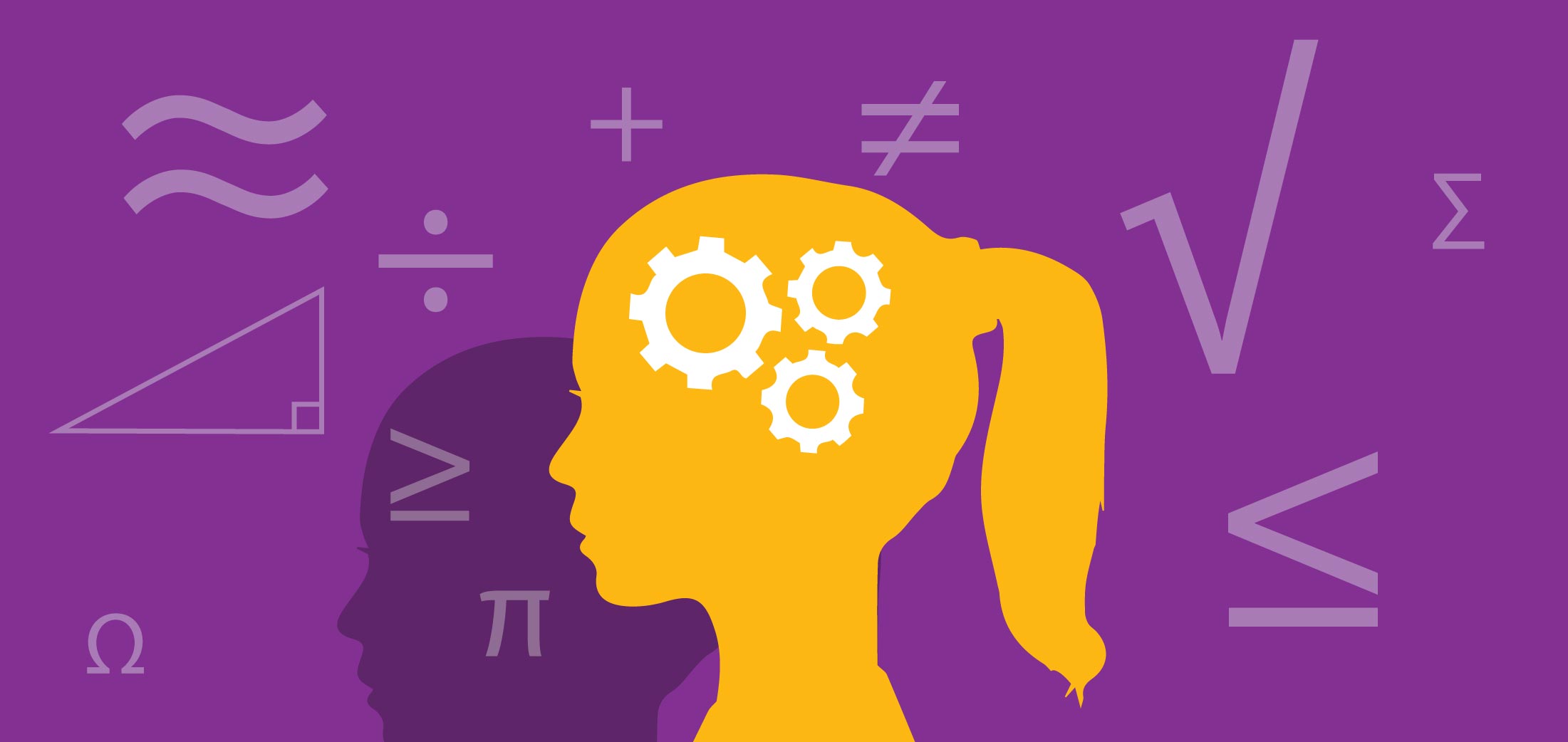

One way we often try to encourage students to reflect on their reasoning is by giving them the broad prompt, “explain your reasoning.” This is a completely appropriate prompt for many questions, but when it’s used frequently to summarize problems that rely mostly on procedural fluency, it can appear inauthentic and unnecessary from the student’s perspective. Imagine a student who has followed a logical sequence and shown their work. She’s not just bewildered by the “explain” prompt, but she’s also frustrated that the satisfaction she felt from finding an elegant, concise solution now has to be countered by a clunky explanation. It is easy to imagine this student responding: “What do you mean, explain my reasoning? It’s right there in the work!” What the student doesn’t understand is that the teacher doesn’t just want to see her equations; he wants to see her articulate what’s happening in this process as well.
If you’re looking for alternatives to this approach, consider some of the prompts on Project Zero’s Visible Thinking Routines, which are great ways to encourage metacognitive reflection. For example, the routine “What Makes You Say That” invites students to share their interpretations of a problem, and encourages them to understand multiple perspectives. When students share an answer to a math problem, teachers can ask, “What do you know? What do you see or know that makes you say that?” As a class, students can keep an ongoing list of their explanations and the explanations of their peers. Students can also illustrate or write out their thinking, and those models can then be displayed and revisited in the classroom.
Another strategy to help students develop mathematical reasoning is an “Explain my Blunder” protocol, in which students find mistakes in worked examples and use them to articulate important conceptual understanding. Another idea to consider is to regularly include questions where reflecting on mathematical reasoning is a necessary step in problem solving. For a good example of this, check out Route to Infinity from Jo Boaler’s YouCubed math site, an exercise that poses questions to students along the way as they find the route to infinity.
Asking students to slow down to explain their reasoning is important — but rather than being an extra step, it can be an intrinsic part of the problem solving process!
One way we often try to encourage students to reflect on their reasoning is by giving them the broad prompt, “explain your reasoning.” This is a completely appropriate prompt for many questions, but when it’s used frequently to summarize problems that rely mostly on procedural fluency, it can appear inauthentic and unnecessary from the student’s perspective. Imagine a student who has followed a logical sequence and shown their work. She’s not just bewildered by the “explain” prompt, but she’s also frustrated that the satisfaction she felt from finding an elegant, concise solution now has to be countered by a clunky explanation. It is easy to imagine this student responding: “What do you mean, explain my reasoning? It’s right there in the work!” What the student doesn’t understand is that the teacher doesn’t just want to see her equations; he wants to see her articulate what’s happening in this process as well.
If you’re looking for alternatives to this approach, consider some of the prompts on Project Zero’s Visible Thinking Routines, which are great ways to encourage metacognitive reflection. For example, the routine “What Makes You Say That” invites students to share their interpretations of a problem, and encourages them to understand multiple perspectives. When students share an answer to a math problem, teachers can ask, “What do you know? What do you see or know that makes you say that?” As a class, students can keep an ongoing list of their explanations and the explanations of their peers. Students can also illustrate or write out their thinking, and those models can then be displayed and revisited in the classroom.
Another strategy to help students develop mathematical reasoning is an “Explain my Blunder” protocol, in which students find mistakes in worked examples and use them to articulate important conceptual understanding. Another idea to consider is to regularly include questions where reflecting on mathematical reasoning is a necessary step in problem solving. For a good example of this, check out Route to Infinity from Jo Boaler’s YouCubed math site, an exercise that poses questions to students along the way as they find the route to infinity.
Asking students to slow down to explain their reasoning is important — but rather than being an extra step, it can be an intrinsic part of the problem solving process!